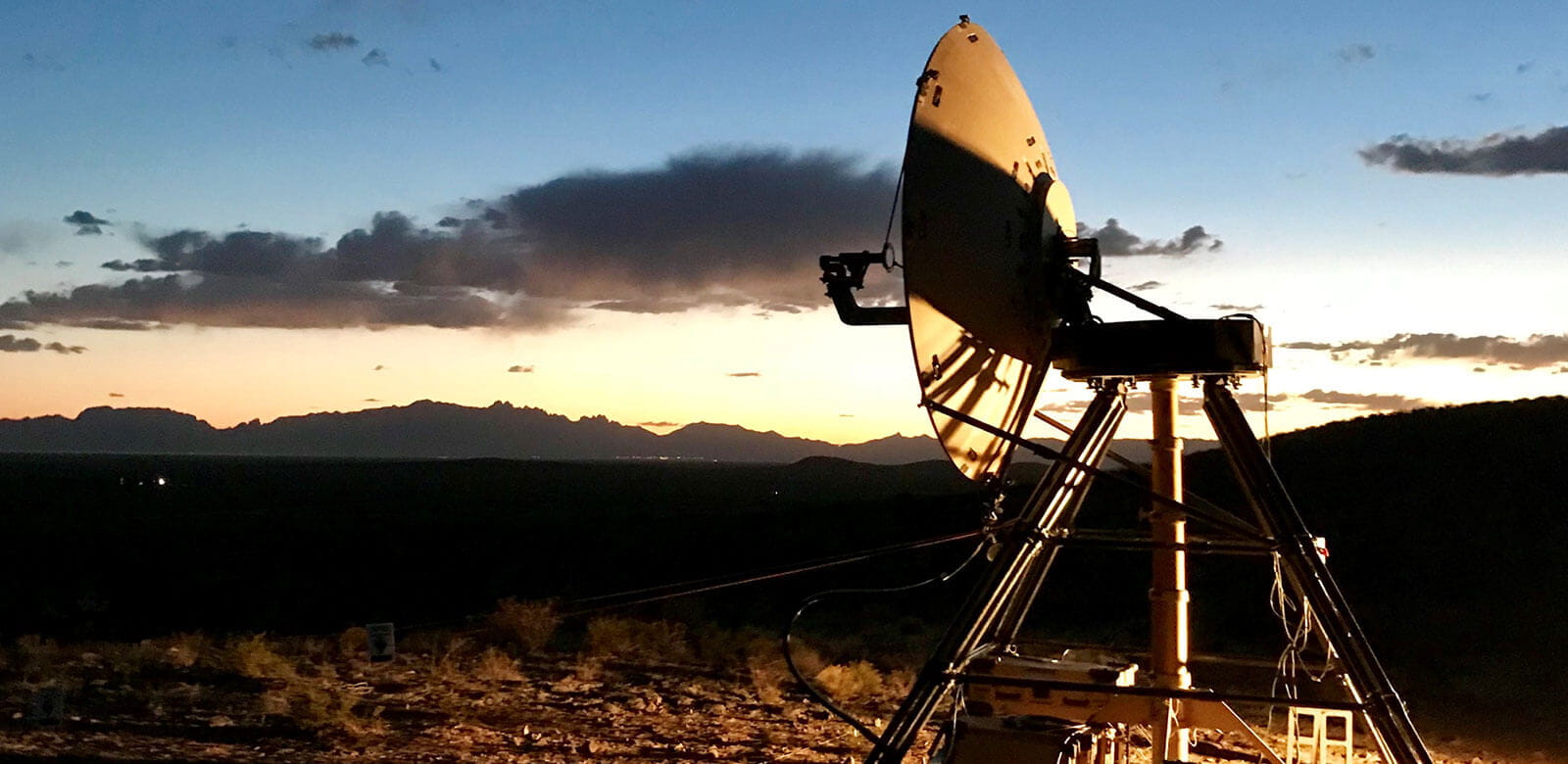
Raytheon Intelligence & Space (RI&S) recently completed a successful five-week demonstration of its Troposcatter communications system. Troposcatter is a “point-to-point,” transportable, beyond-line-of-sight (BLOS) system created for the US Army. The platform offers “lower latency” and cost than satellite communications currently in use. Testing involved several versions of the system “in multiple operational environments at 7 different locations across various distances, including some in mountainous terrain at distances approaching 120 miles [193 kilometers].”
The system enables the sharing of voice data and command/control information when tactical satellite communications are denied, degraded, or otherwise unavailable. Raytheon describes it as “a critical communications capability that supports the Department of Defense’s Joint All Domain Command and Control vision to connect the battlespace across every domain.”
The Troposcatter system offers broadband communications and delivers high performance with only a single antenna- but additional antennas can be installed to establish more stable and secure links. The system is automated for self-alignment, can be deployed easily and rapidly, and can establish link connectivity in less than 40 minutes using radio-scattering effects in the lowest part of the atmosphere. This allows for BLOS communication, and eliminates the need for multiple, expensive line-of-sight relays.
The US Army will initially field a batch of 19 Troposcatter systems.
“The modernized Troposcatter system delivers more capability with increased throughput performance and low latency at a significantly lower cost,” said Denis Donohue, president, Communications & Airspace Management Systems, RI&S. “The solid-state power amplifier technology reduces overall size and weight, while increasing performance. With our enhancements, this system is a force multiplier, delivering key links over vast distances, much greater than any line-of-sight communications system available to our soldiers today.”
